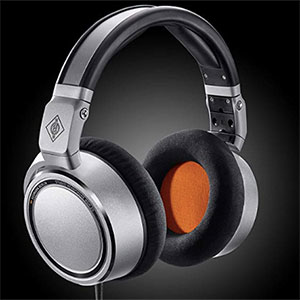Dynamic controllers or processors are signal processing devices that alter an audio signal using just its frequency content and amplitude level. The term dynamic is applied to these controllers because this process is completely dependent on a program. Compressors and expanders are the two most common dynamic effects. Limiters and noise gates are special cases of these two. When the dynamic range of an audio signal is being measured, one takes the ratio of its loudest, undistorted signal to its quietest signal, and the result is in decibels. The output has a maximum and minimum output signal. The maximum output signal is limited by the size of the power that is supplied to the device while the minimum output signal is fixed by the noise floor. Then comes the matter of compressors. These are signal processing units that reduce the dynamic range of the signal that is passed through them. Humans used to do this compressing at the mixing board in the past but now it is done dynamically.
Key Takeaways:
- Common dynamic effects that can be encountered in the field are compressors and expanders, but limiters and noise gates are just special cases of these two.
- To measure the dynamic range of an audio signal to have to measure the ratio of the loudest signal to the most quiet signal and express it in decibels.
- The use of compressors in our modern times is to turn down the loudest signals in an audio range since compressors reduce dynamic ranges.
“Dynamic controllers or processors represent a class of signal processing devices used to alter an audio signal based solely upon its frequency content and amplitude level, thus the term “dynamic” since the processing is completely program dependent.”
Read more: https://www.prosoundweb.com/channels/study_hall/signal_processing_fundamentals_dynamic_controllers/
